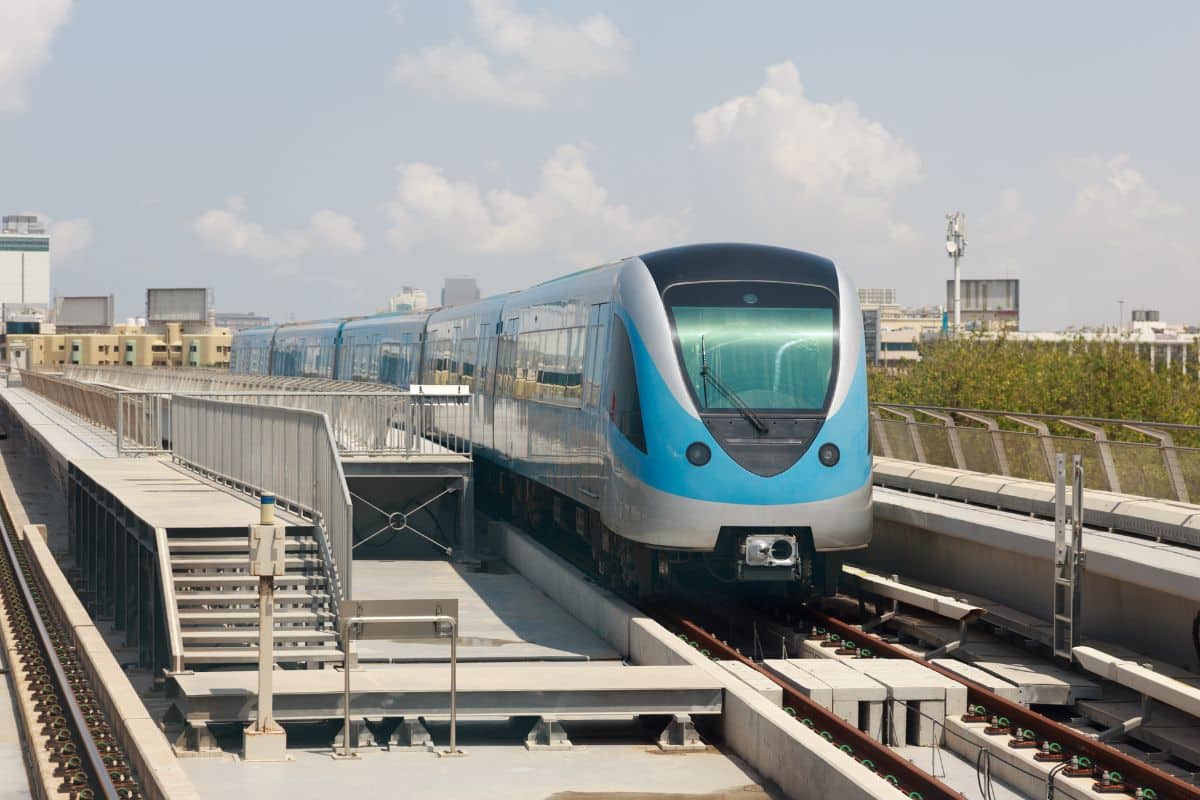Dubai ranks number one in the Middle East and Africa in terms of urban mobility readiness, according to the annual global study of 60 cities by Oliver Wyman Forum and University of California, Berkeley Institute of Transportation Studies (ITS).
Abu Dhabi took the top spot for traffic fluidity and second rank for public transport affordability. Riyadh and Jeddah are among the most improved cities in 2022.
Among the global cities ranking, Dubai took the 30th spot, up from number 32 last year.
The index is a ranking of 57 qualitative and quantitative KPIs that measure areas including infrastructure, social impact, market attractiveness and system efficiency and innovation.
Other measures in the overall index include EV charging station investments and incentives, number of car-free zones, autonomous vehicle adoption and public transport ridership and affordability.
On the global index where Dubai ranks 30th, each city was given a rating out of 100 based on KPIs. Dubai surpassed the global average of 54 percent with a ranking of 58 percent, the Middle East average is at 47 percent.
The report notes that preference for cars across the Middle East contributes to the region’s low score for utilisation of non-motorised transit. Both Dubai and Abu Dhabi were jointly ranked 6th globally for shared mobility penetration.
Highlights from the report about Dubai showed that the city is institutionally friendly to new paradigms in mobility, is a key aviation hub and has invested in scooter sharing pilots. It also highlights that Dubai is developing a leading public transport system package, with the city-wide metro which is one of the largest metro systems in the world. However, the geographical spread and summer temperatures pose a challenge.

“Exploring fresh ideas and piloting new technologies is in the DNA of Dubai, and of the UAE overall. The Emirates will likely be used in the future as a case study in how to pilot new solutions – from the testing of autonomous corridors to the smart monitoring of traffic and driving behaviour,” said André Martins, Partner and India, Middle East and Africa Head of Transport Services and Operations.
“We’ve already seen so much change in the past few decades – the UAE is building walkable neighbourhoods and has managed to keep traffic flowing and people moving in the face of incredible growth. The population of Dubai was 850,000 in 2000; today it is about 3.5 million and by 2040 it is projected to be 5.8 million. Concurrently, there has been an influx of tourists as the country continues to improve its aviation and tourism infrastructure. Such an influx means flexibility and forward planning is built into how the UAE operates – this will serve the country well as the face of mobility continues to change,” he added.







